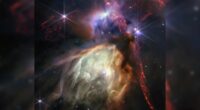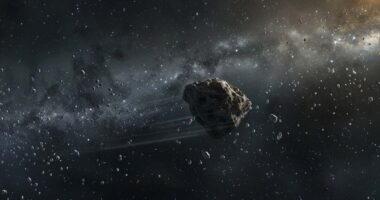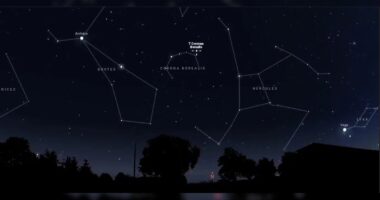A new device developed by scientists at Cornell University could revolutionize how astronauts manage their bodily waste during spacewalks. This compact, 8-kilogram device can recycle urine into drinkable water within just five minutes, eliminating the need for bulky and wasteful diapers.
The device uses a two-step osmosis filter to purify urine with 87% efficiency, and the process is similar to the one already used on the International Space Station (ISS). However, the new system is designed to be integrated into the astronaut’s spacesuit, making it more convenient and efficient.
The system includes a special undergarment that detects urine and draws it into a filtration device worn on the astronaut’s back. The purified water is then delivered to a drink bag within the spacesuit.
Besides providing a more sustainable way to manage waste, this new system could also improve the health of astronauts by reducing the risk of rashes, urinary tract infections, and digestive issues associated with prolonged exposure to urine.





















